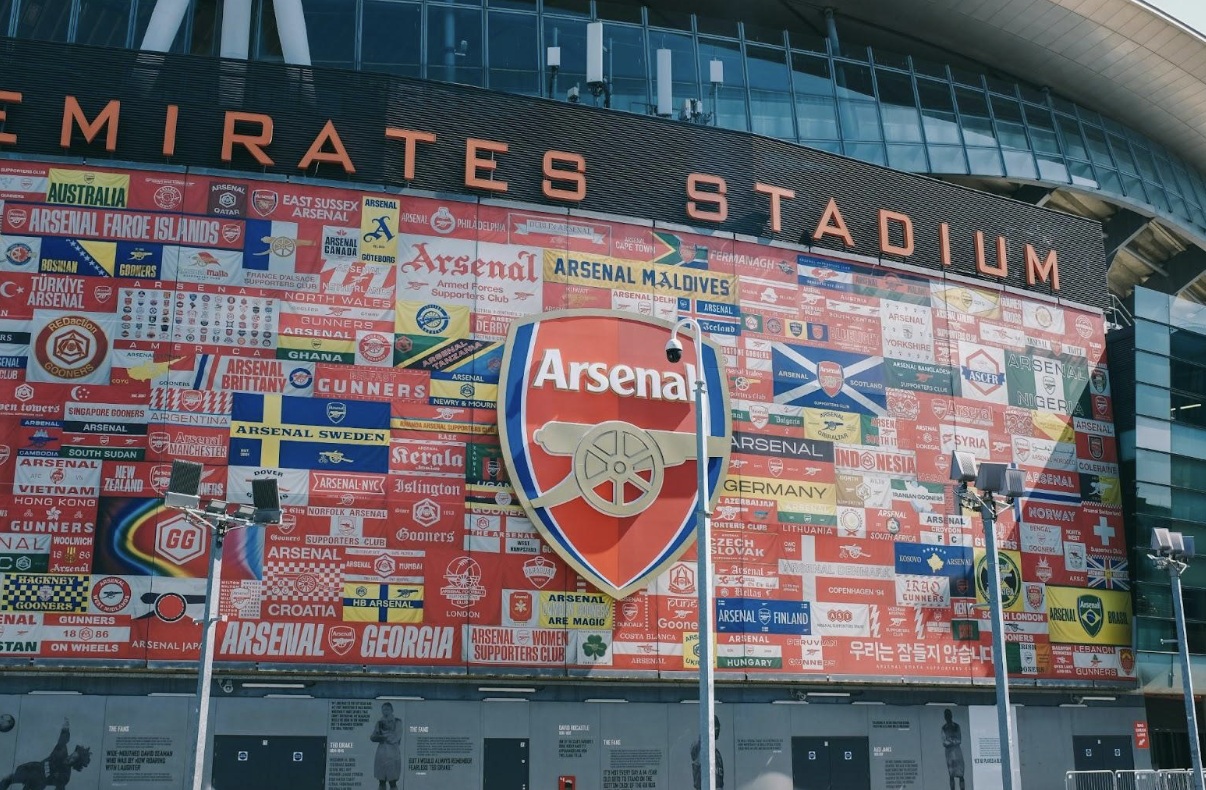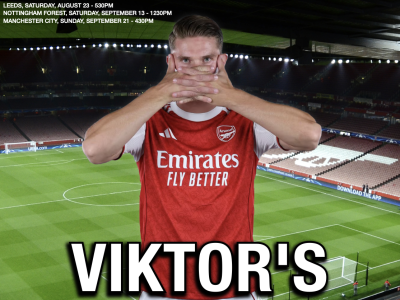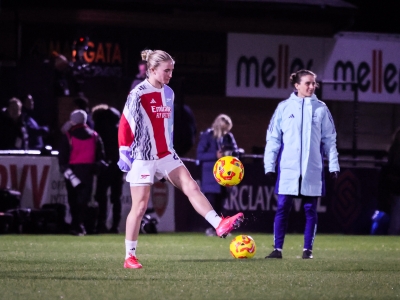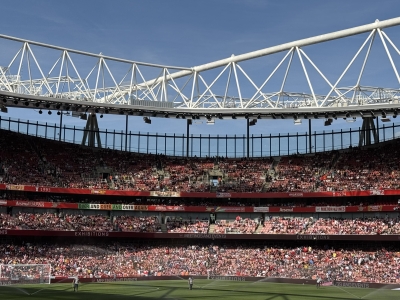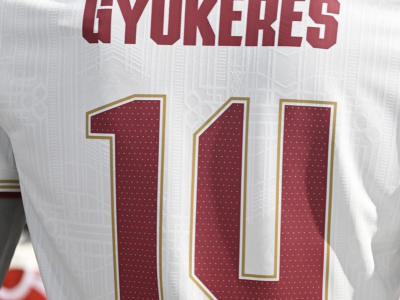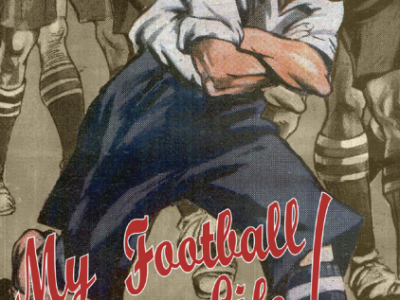For years, the Premier League’s power structure was clear: the so-called “Big Six” – Manchester United, Manchester City, Liverpool, Chelsea, Arsenal, and Tottenham Hotspur – dominated headlines, dictated title races, and held sway over Champions League places. These clubs didn’t just represent talent and tradition – they embodied a rivalry-fueled spectacle that brought global eyes to English football week after week.
But the landscape is changing. Rapidly.
With the resurgence of Newcastle United and Aston Villa, the traditional power hierarchy is being redrawn. The Premier League is no longer a six-club show – it’s becoming a high-octane, multi-faceted battleground where every top-tier clash feels like a title decider.
The Established Giants: Still Towering
Before diving into the disruptors, it’s important to recognize the continued strength of the Big Six. Manchester City’s tactical brilliance, Liverpool’s relentless pressing game, and Arsenal’s youthful resurgence are all integral to the league’s current appeal. Manchester United’s historical clout, Chelsea’s financial muscle, and Tottenham’s ever-persistent chase for silverware keep them in the thick of the action.
Matches among these clubs still command massive audiences. The North London Derby. The Manchester Derby. Liverpool vs. Manchester United – these remain calendar-marking events for fans and punters alike.
But even the most traditional rivalries are beginning to share the spotlight.
Newcastle United: Rebuilding with Ambition
Once a sleeping giant, Newcastle United has undergone a stunning transformation. Backed by serious investment and smart footballing decisions, they’ve moved from relegation-threatened to top-four contenders within a remarkably short time.
Under Eddie Howe’s guidance, Newcastle now boasts one of the league’s most cohesive units. Their defensive structure is formidable, their midfield balance impressive, and their frontline increasingly lethal. St. James’ Park has become a fortress again – and not just in atmosphere, but in results.
But it’s not just about performance. Newcastle’s rise has injected fresh energy into fixtures against the Big Six. Their duels with Manchester City or Arsenal now carry real stakes, not just curiosity. What was once seen as a potential upset now feels like a heavyweight bout.
Aston Villa: Historic Club, Modern Threat
Aston Villa, like Newcastle, is writing its own revival story. With a legacy rooted deep in English football’s history, Villa's recent evolution under Unai Emery is nothing short of extraordinary.
Tactically astute and fearless in big matches, Villa has scalped some of the league’s biggest names in recent seasons. Their high-pressing, ball-dominant approach has made them one of the most watchable teams in the division – and a legitimate threat to the established order.
What makes Villa’s rise so compelling is the emotional narrative. A historic club that flirted with relegation not long ago is now punching at the top end. Their encounters with Chelsea, Tottenham, and Liverpool are not only competitive – they’re often decisive.
Expanded Rivalries: A Fixture List of Fireworks
With Newcastle and Villa pushing into elite territory, the number of high-stakes fixtures has exploded. Here’s what fans can now expect each season:
Nine major rivalry matchups involving traditional Big Six clubs. Additional top-tier clashes like Newcastle vs. Manchester United, or Villa vs. Arsenal – all with Champions League implications. Mini-rivalries fueled by recent on-pitch drama, managerial mind games, and fan narratives.
This expanded rivalry roster isn’t just good for fans – it’s gold for bettors and analysts. More unpredictable outcomes. More strategic diversity. And more opportunities for sharp football predictions.
What This Means for the Title Race
In the past, the title race often boiled down to two or three serious contenders. Now? We’re looking at five, maybe even six clubs with a legitimate shot, depending on form and injury luck.
This broad competition base adds unpredictability – the lifeblood of a thrilling football season. No longer can the top clubs rely on easy wins against mid-table opponents. Every point is earned, and every dropped result could cost dearly.
This increased pressure has created some of the most memorable moments in recent seasons – last-minute goals, unlikely heroics, and league table swings that turn entire campaigns on their heads.
A Betting Bonanza: More Risk, More Reward
From a betting perspective, the rise of Newcastle and Villa has introduced volatility – and opportunity. Bettors can no longer blindly favor the Big Six in every matchup. Underdog wins are more common. Draws have more value. And in-play betting thrives as these matches often swing wildly.
This diversity of outcomes demands a sharper approach to strategy. Analyzing form, injury news, tactical matchups, and historical performance is now more crucial than ever. For those ready to put in the work, the Premier League has never offered more value.
The Verdict: A League Reborn
The Premier League has always promised drama, but the inclusion of new elite clubs has taken it to another level. Newcastle United and Aston Villa aren’t just knocking on the door – they’ve stepped in, taken a seat at the table, and are feasting with the best.
Whether you’re a lifelong fan, a stats junkie, or someone eyeing the next great betting edge, this era of expanded rivalries is one to embrace. The Premier League isn’t just about six clubs anymore.
It’s about the thrill of unpredictability. It’s about the rise of the underdog. And above all, it’s about the beautiful chaos of football at its finest.

